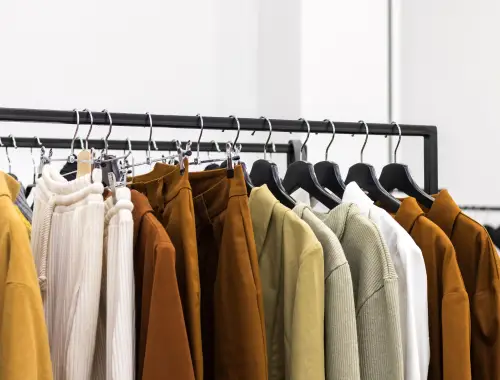Italy has long been a powerhouse in the world of fashion, producing some of the most iconic and influential designers and brands. The history and evolution of Italian fashion dates back centuries, with roots in the Renaissance era and a continued legacy of innovation and style. In this article, we will explore the history and evolution of Italian fashion, from its early beginnings to the modern-day industry.
Early Beginnings of Italian Fashion
The history of Italian fashion can be traced back to the Renaissance era, a period of great cultural and artistic advancements. During this time, wealthy Italian families began commissioning clothing made from luxurious materials, such as silk and velvet, with intricate embellishments and embroidery. This led to the development of Italian textile production, which would become a crucial aspect of the fashion industry in Italy.
In the 19th century, Italian fashion began to emerge as a distinct industry. In 1812, the first fashion magazine in Italy, Il Journal de Mode, was published, providing a platform for Italian fashion designers and brands to showcase their creations. In the early 20th century, Italian fashion became increasingly prominent, with the establishment of luxury fashion houses such as Gucci, Prada, and Armani.
The Rise of Italian Fashion Designers and Brands
In the mid-20th century, Italian fashion began to gain international recognition, with Italian designers and brands making their mark on the global fashion industry. One of the most influential Italian designers of this era was Giorgio Armani, who revolutionized men’s fashion with his sleek, modern designs.
In the 1980s, Italian fashion designers and brands experienced a boom, with the rise of the “Made in Italy” label. This label became a symbol of high-quality craftsmanship and design, and many Italian brands, such as Versace, Dolce & Gabbana, and Valentino, became synonymous with luxury and glamour.
In recent years, Italian fashion has continued to evolve, with a focus on sustainability, diversity, and inclusivity. Italian brands, such as Salvatore Ferragamo and Gucci, have implemented sustainable practices in their production, while others, such as Versace and Moschino, have embraced diversity in their runway shows and campaigns.
The Future of Italian Fashion
The future of Italian fashion looks promising, with a continued focus on sustainability and innovation. Many Italian fashion brands have committed to reducing their environmental impact and implementing sustainable practices in their production.
In addition, the Italian fashion industry is becoming more diverse and inclusive, with a focus on promoting diversity in fashion shows and campaigns. This shift towards inclusivity is not only a response to societal changes but also a reflection of the changing values and priorities of consumers.
Conclusion
The history and evolution of Italian fashion have been shaped by centuries of cultural and artistic influences, as well as the creativity and innovation of Italian designers and brands. From the early beginnings in the Renaissance era to the modern-day industry, Italian fashion has continued to set trends and influence the global fashion landscape.
Today, Italian fashion is synonymous with luxury, craftsmanship, and innovation, with a renewed focus on sustainability and inclusivity. The future of Italian fashion looks bright, with a continued commitment to creativity, quality, and style.









Leave a Reply